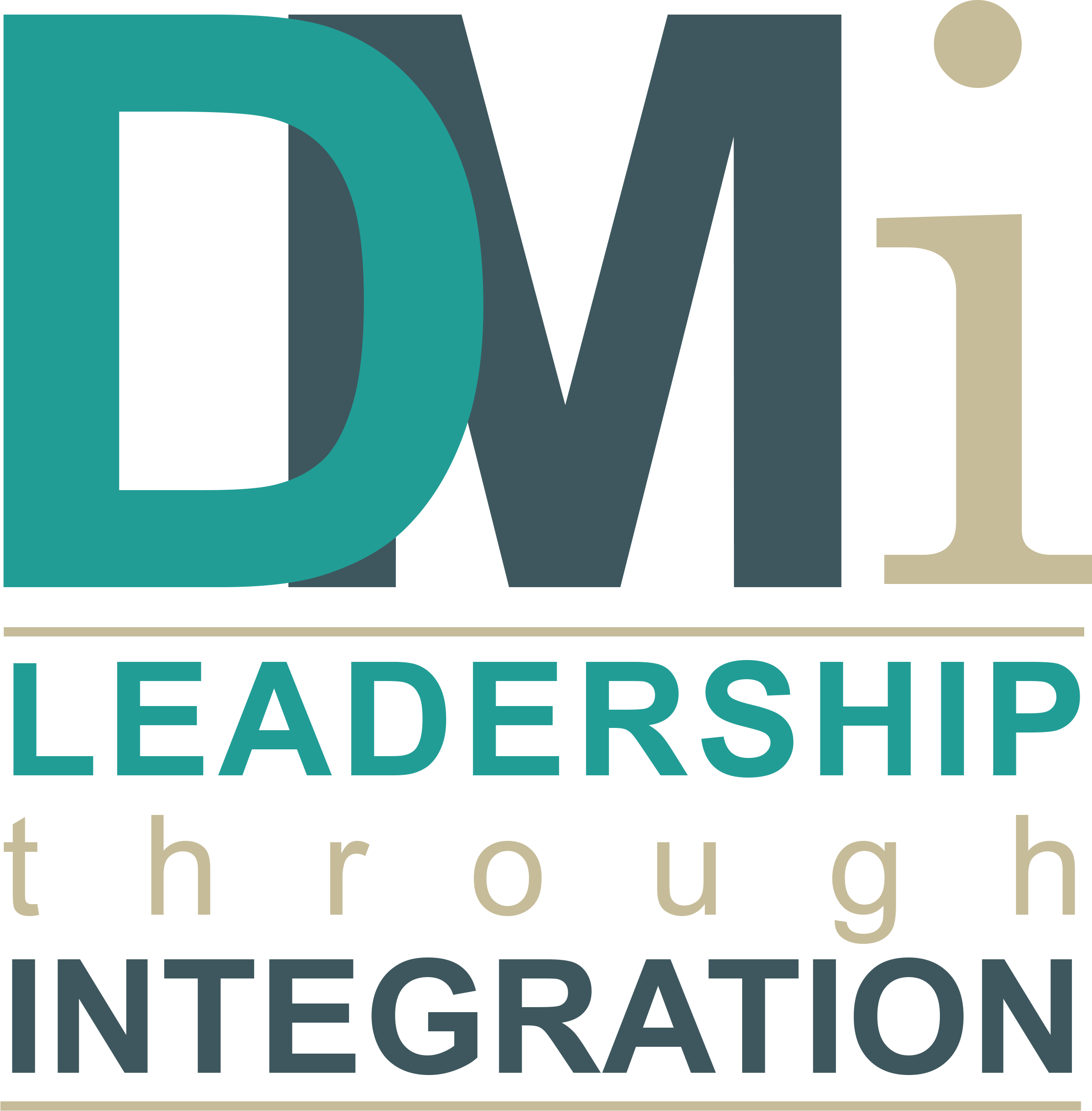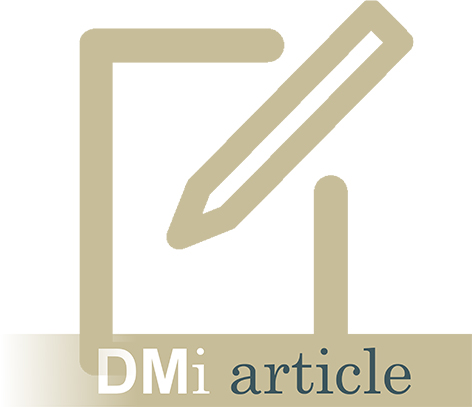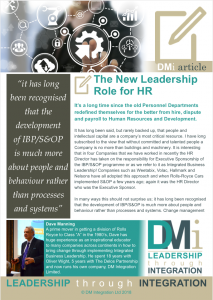The New Leadership Role for HR
It’s a long time since the old Personnel Departments redefined themselves for the better from hire, dispute and payroll to Human Resources and Development. It has long been said, but rarely backed up, that people and intellectual capital are a company’s most critical resource. I have long subscribed to the view that without committed and talented people a Company is no more than buildings and machinery. It is interesting that in four Companies that we have worked in recently the HR Director has taken on the responsibility for Executive Sponsorship of the IBP/S&OP programme or as we at the Delos Partnership refer to it as Integrated Business Leadership! Companies such as Weetabix, Volac, Hallmark and Nelsons have all adopted this approach and when Rolls-Royce Cars implemented S&OP a few years ago; again it was the HR Director who was the Executive Sponsor.
In many ways this should not surprise us; it has long been recognised that the development of IBP/S&OP is much more about people and behaviour rather than processes and systems. Change management and behaviour change requires clear leadership, Executive commitment and education. I remember Damian Halloran who was responsible for the Business Excellence programme at Abbott International saying “the key to success is all about leadership, leadership, leadership and education, education, education”. So if the modern HR function sees their role as human development does it not make sense for them to be prime movers in an ‘Integrated Business Leadership’ programme?
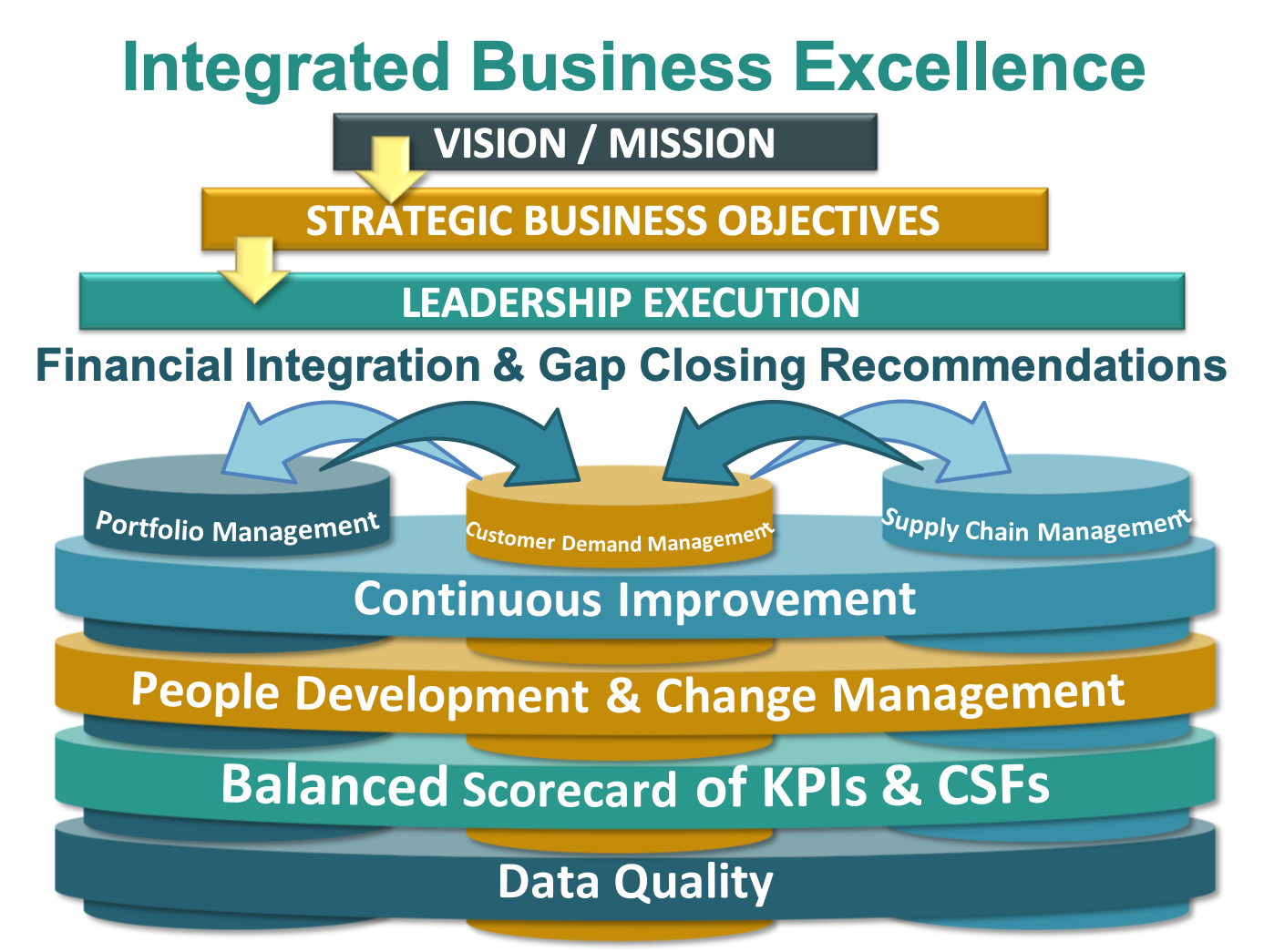
DMi Integrated Business Excellence
The other benefit of this Executive Sponsorship approach is that if HR take on the role, IBP/S&OP is much more likely to be seen as a business process and not fall into the common trap of it being seen as a Supply Chain process. Obviously Supply Chain play a key role as do Sales, Marketing, Production and Finance etc. In other words the key to IBP is the ‘I’ word – Integrated. The prime objective for any IBP process is to focus upon ‘one set of numbers’ and gap closure over a medium to long term horizon (0-24 months).
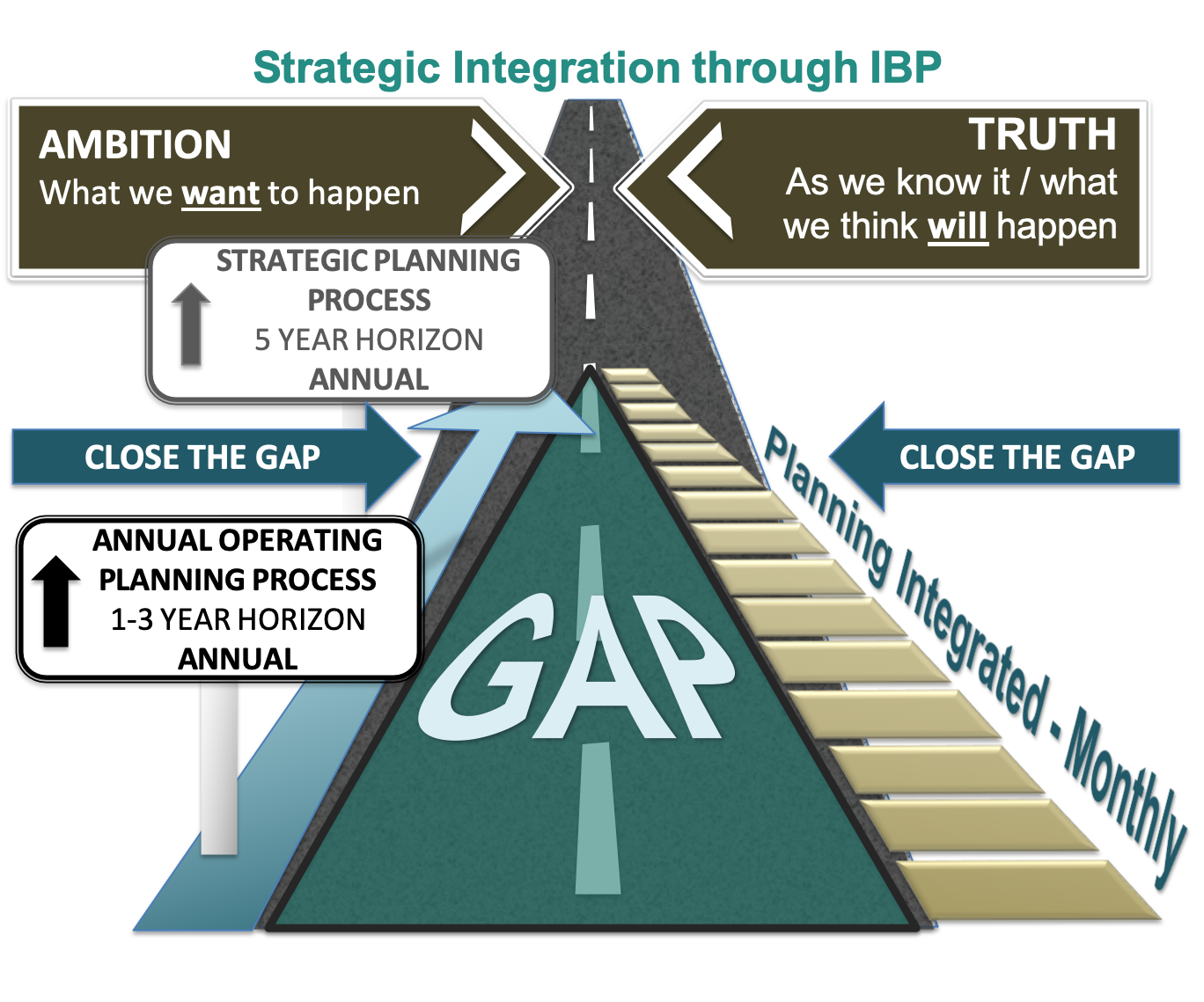
DMi The Gap
Each month IBP will look out over a rolling 24-month period and give visibility to the current outlook (one set of numbers) or as we refer to it ‘truth as we know it’. That ‘truth’ will be compared to the Strategic Plan and AOP. If a negative gap is shown then decisions will be taken within the IBP cycle to find ways to close that gap. If a positive gap is identified again decisions will be taken on how to capitalise upon that ‘growth’ opportunity. These are standard best practice IBP principals but they do raise some interesting leadership and behavioural issues:-
• Will leadership commit to one set of numbers?
• Will functions allow the process to show ‘truth as we know it’ or will behaviours such as sandbagging the forecast or increasing the forecast in an attempt to ensure inventory availability and customer service, which are behavioural , get in the way?
• Will leadership ‘let go’ and allow truly empowered decision making throughout the monthly cycle?
• Is it a ‘safe’ environment where telling bad news early is acceptable (no blame culture) or is it ‘safer’ to tell people what they want to hear and then find reasons why it went wrong (victimisation)?
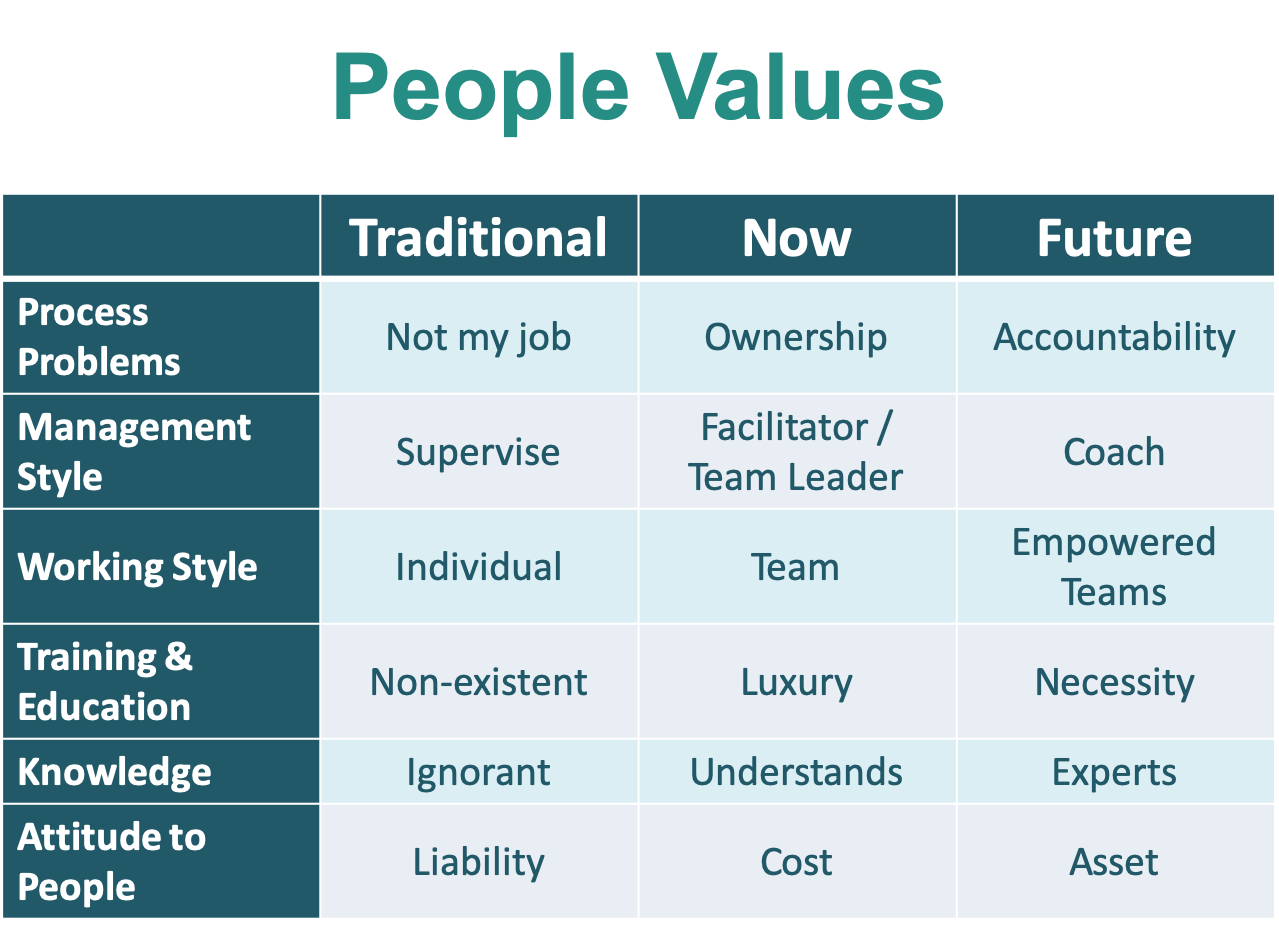
DMi People Values
In my experience it is these change management issues that sub optimise most IBP implementations, so perhaps HR taking on the role of Executive Sponsorship for Integrated Business Leadership is a perfect fit after all.
